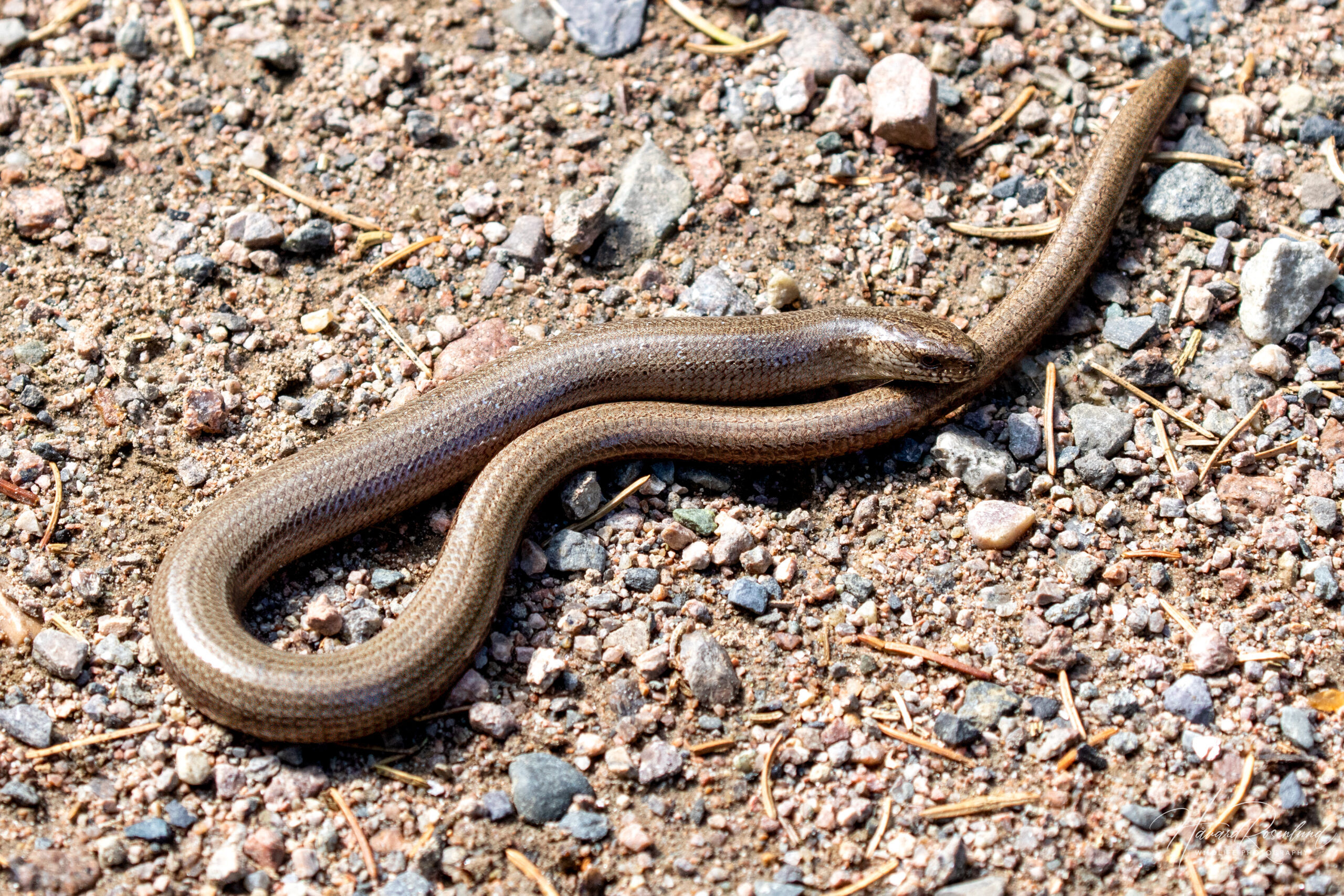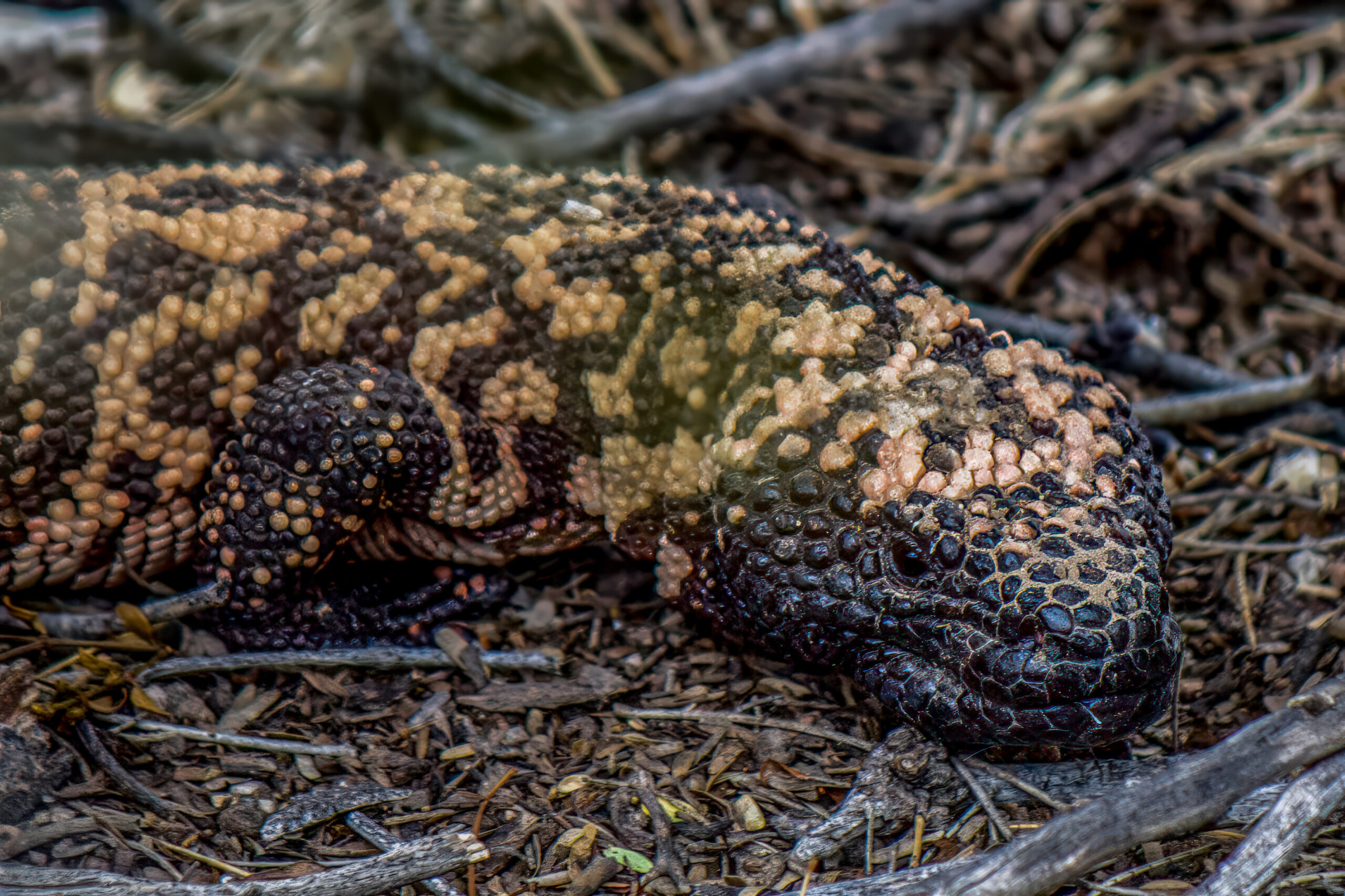Description
The slow worm (Anguis fragilis) is a legless lizard native to Europe. Despite its snake-like appearance, it is distinguished from snakes by having eyelids and the ability to regenerate its tail. Adult slow worms typically grow to about 40-45 cm (15.7-17.7 in) in length, with females often sporting a distinctive stripe down their back. Their bodies are covered in smooth, shiny scales that can range in color from brown to grey, sometimes with a coppery sheen. The slow worm has been split into five different species, with three other distinct species found around the Mediterranean, and another species found further east, ranging into Asia.
Diet & habitat
Slow worms are found in a variety of habitats, including meadows, woodlands, and gardens, provided there are ample hiding spots and a warm climate. They are particularly fond of areas with dense underbrush or leaf litter, where they can hide and hunt. Their diet primarily consists of small invertebrates, such as slugs, snails, and earthworms. Slow worms employ a “sit-and-wait” strategy for hunting, using their camouflage to remain undetected until prey comes within striking distance.
Behavior
These reptiles are crepuscular, meaning they are most active during dawn and dusk. Their secretive nature and camouflaging ability help them avoid predators. Slow worms are solitary for most of the year, but they may be found in groups during hibernation or breeding seasons. They are known to hibernate in the cooler months, often in communal sites, to maintain warmth.
Reproduction
The breeding season for slow worms begins in spring, shortly after they emerge from hibernation. Courtship involves the male following the female, with mating occurring from April to June. Females are ovoviviparous, meaning they give birth to live young in late summer, typically between July and September. A single litter can range from 3 to 20 offspring. Slow worms reach sexual maturity at about 2-3 years of age and can live up to 20 years in the wild, making them one of the longer-lived reptiles.
Status
The slow worm is listed as least concern on the IUCN Red List, indicating it is not currently at significant risk of extinction. However, their populations are susceptible to threats such as habitat destruction, pollution, and predation by domestic pets. Conservation efforts focus on preserving their natural habitats and promoting awareness of their beneficial role in controlling invertebrate populations.






